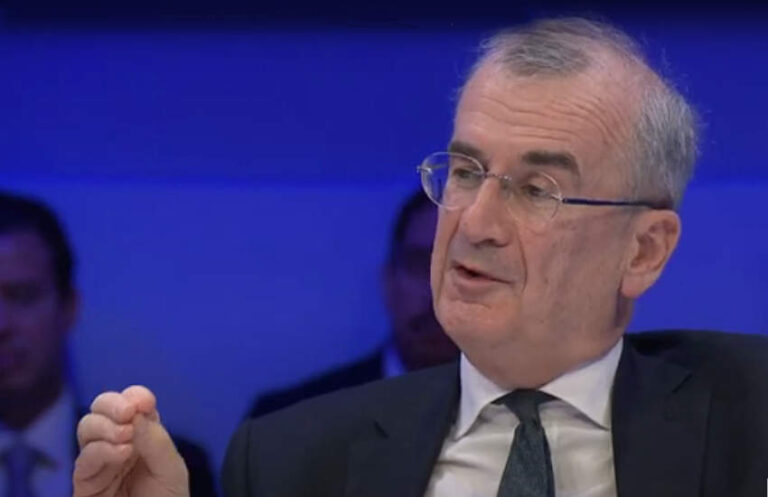
Source: www.ledgerinsights.com
In a speech earlier this week, François Villeroy de Galhau, governor of the Banque de France, proposed a pan-European DLT infrastructure. It would support central bank digital currency (CBDC) and tokenized bank deposits to settle DLT-based tokenized asset transactions on the same network.
Tokenization offers many benefits, such as 24/7 transactions, programmability, and increased efficiency through automation and reduced reconciliations. But the current batch of DLT financial platforms are primarily for issuance and have limited interoperability, restricting immediate benefits. Hence the idea of a shared infrastructure to address interoperability.
The Governor said that a single infrastructure “would guarantee interoperability between the different assets, as well as the uniqueness of the currency.”
Villeroy acknowledged that the concept is reflected in the recent BIS document on a “game-changing” unified ledger and the IMF’s XC concept for cross-border payments. In turn, these were clearly inspired by the Regulated Liability Network (RLN), which yesterday published the results of work in the US with ten institutions, the New York Federal Reserve and Swift. While there is no firm commitment to continue the work of the RLN in the US, there is a chance that this could be driven by whoever is willing to pay for it.
This week, banking trade body UK Finance made another similar announcement, asking the government to gauge the industry’s appetite for a shared DLT infrastructure.
Meanwhile, France has been a key driver behind the EU’s work on a wholesale CBDC for banking use. It carried out experiments during 2020 and 2021 with eight consortia. Another dozen trials have been done more recently with the central bank due to the publication of results in the summer. It also participated in a smaller scale example of a unified ledger in 2021 through trials with the Swiss National Bank and SIX Digital Exchange.
The ECB has now taken the reins on wholesale CBDC research and divided the first phase of work into three projects led by the central banks of France, Germany and Italy, each of which has previously proposed approaches.
Read More at www.ledgerinsights.com